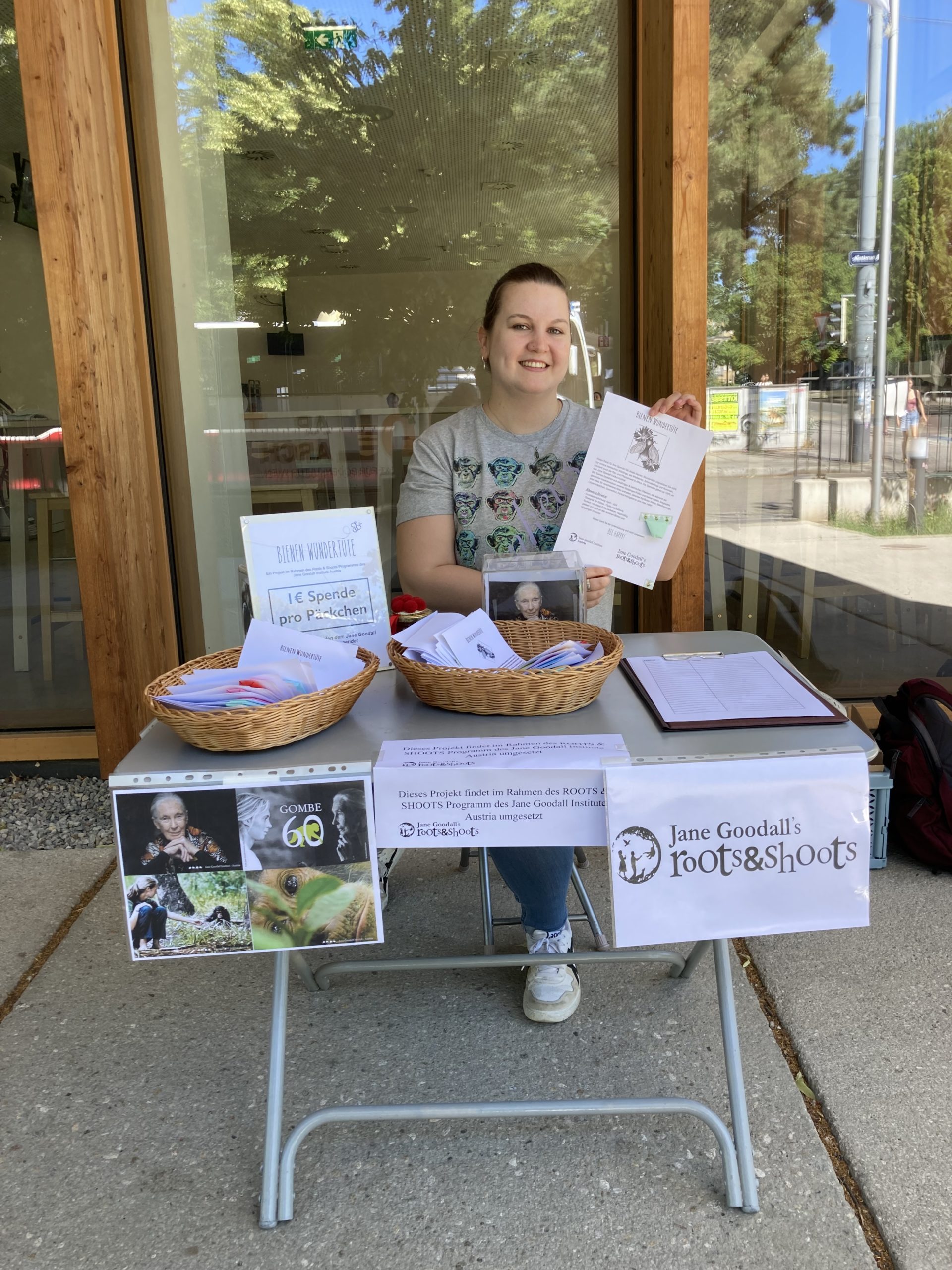In Austria, about 50% of bee species are on the World Conservation Union’s (IUCN) Red List of threatened animal and plant species. The consequences of losing any of the bee species, not just the domesticated honeybee, would be catastrophic not only for the ecosystems they inhabit, but also for us humans.
“We wanted to make a difference, if only a little bit. After all, little drops of water make the mighty ocean.“
Alexandra Czeczelits and Tanza Kapellner
We, Alexandra and Tanza, two students at the University of Natural Resources and Applied Life Sciences Vienna (BOKU), decided that we would like to implement a project to protect wild bees in Austria. Why exactly wild bees? Many of the flowers and plants we use in our gardens today have been modified by human intervention. In these so-called “double flowers or blossoms” the petals are increased by breeding, which means they have many more petals than originally. This looks pretty, but the number of petals makes it more difficult for insects such as bees to reach the flower’s nectar. Also, climate change is heavily affecting the life cycles of wild bees. In the future, warm winters and long, hot summers are predicted to occur more frequently, which will pose a serious challenge to wild-bee populations.
We decided to put together a small seed mix of native flowers and grasses that are particularly sought after by wild bees living in Austria. We also agreed that any donations we collect from distributing these seed packets will go to the Jane Goodall Institute to support the institute’s work.
After successfully assembling nearly 30 seeds of different flowers and grasses, we hand-folded paper into small packets and organized a stand at our university where we distributed the seed packets along with an information sheet in exchange for a donation.
We had a great time and enjoyed making a difference, one tiny seed packet at a time.



